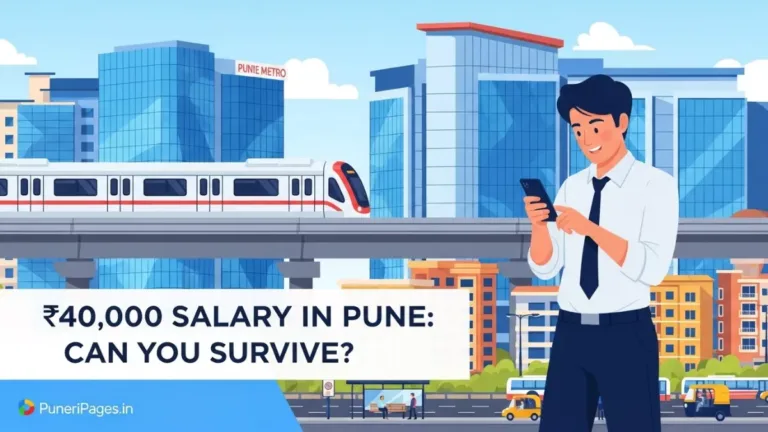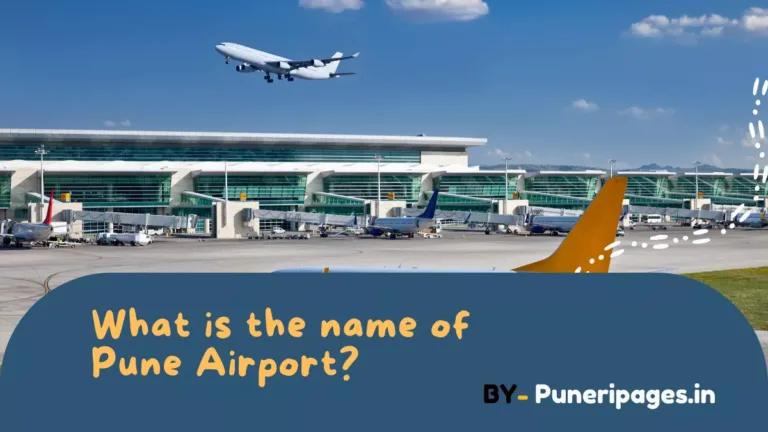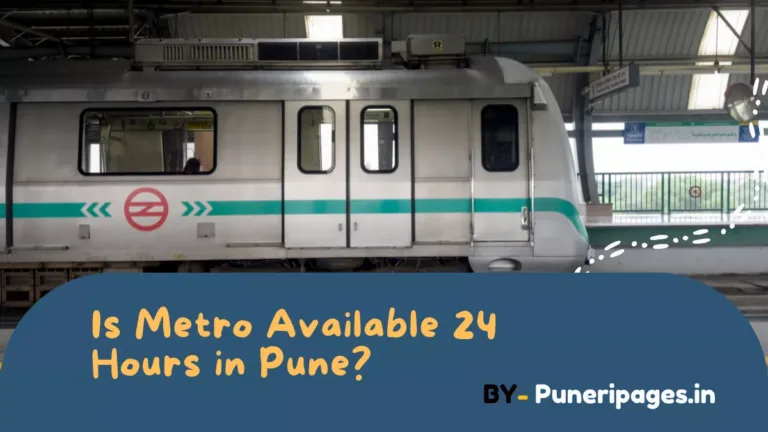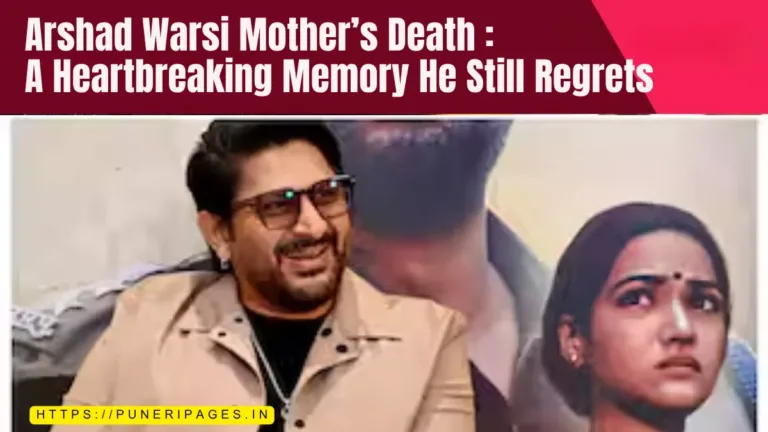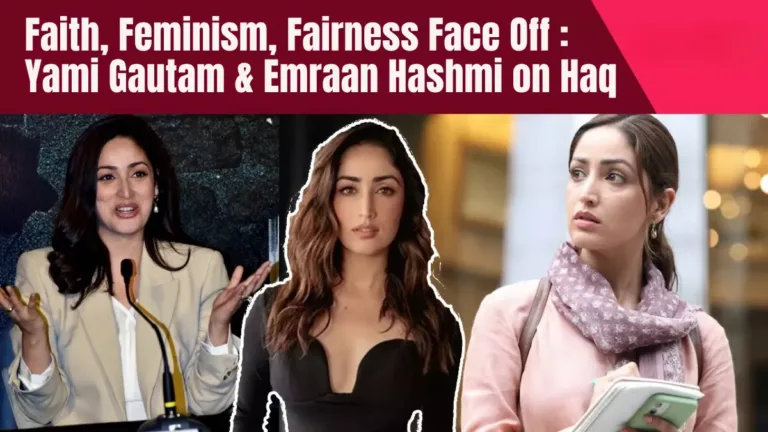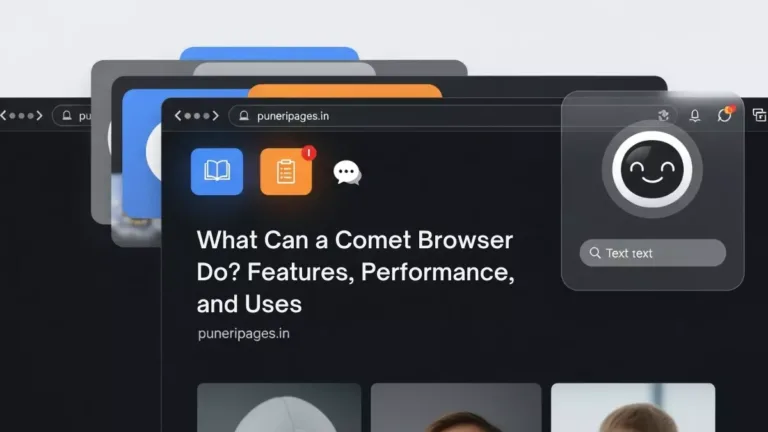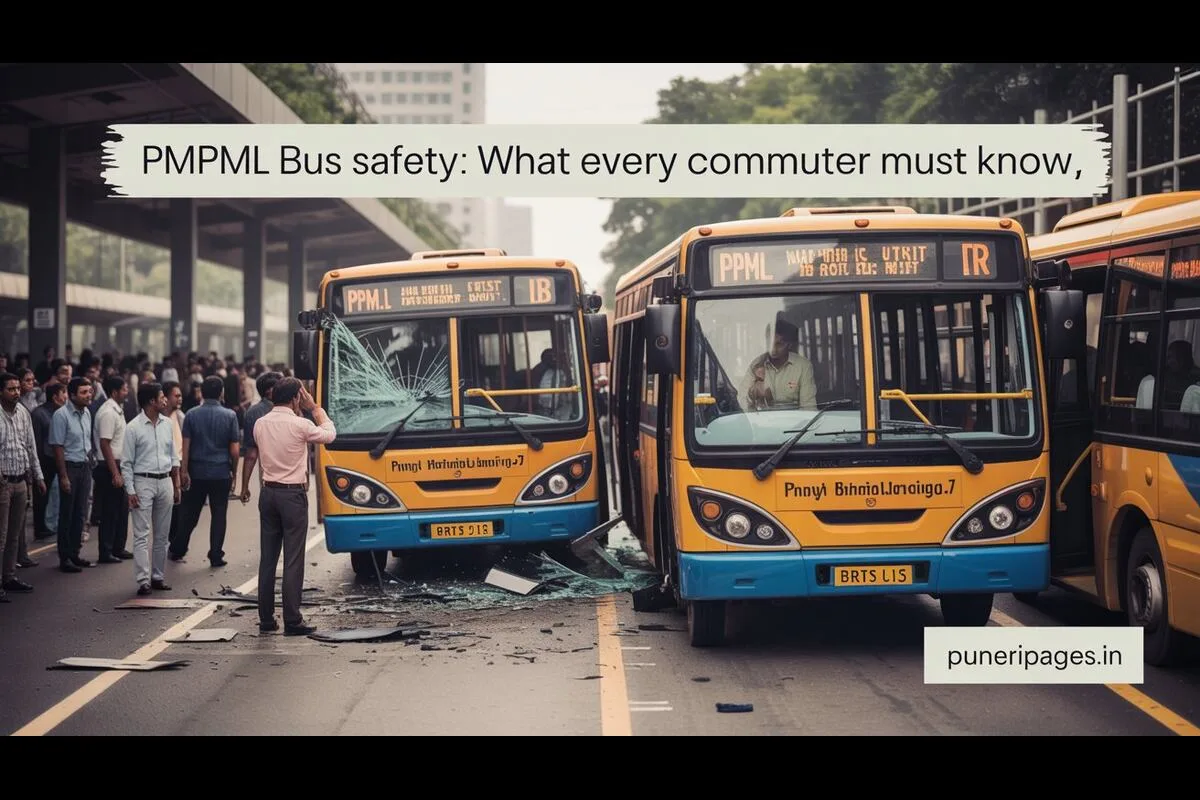
"The recent PMPML bus crash in Pune raises questions about driver health and commuter safety. Learn what every passenger needs to know. Source: puneripages.in"
By Prashant for PuneriPages.in
When I first read about the PMPML bus crash that left 12 people injured in Pune, it hit me like a punch to the gut. Not because it was the first time something like this happened—unfortunately, it wasn’t—but because it reminded me how casually we place our trust in systems that are clearly stretched thin.
This blog isn’t just about an accident. It’s about the very real, everyday safety of people like you and me who step onto a bus expecting to reach their destination safely. It’s also a small attempt to spark a conversation we desperately need to have: How safe is our public transport system, really?
Table of Contents
What Happened: A Quick Recap
Two PMPML buses collided on a dedicated BRTS lane near Swargate. One of them crashed into the rear of the other, injuring 12 passengers. The twist? The driver of the moving bus reportedly suffered a seizure, losing control completely.
Now pause and think about that. A public bus driver had a medical emergency while driving. That’s not just a one-off incident; it’s a symptom of something bigger and far more dangerous.
How Did This Happen?
Let’s not point fingers. Instead, let’s ask tough but necessary questions:
- Was the driver’s medical condition known? If yes, why was he driving?
- Are PMPML drivers medically screened regularly?
- What protocols exist to remove unfit drivers from duty?
If we can’t answer these, we have a system failure on our hands—not just human error.
The Real Issue: Not Just a Crash, But a Pattern
This crash felt personal. Not because I knew someone on the bus, but because I could have. We all rely on PMPML, especially those who can’t afford cabs or private vehicles. It’s our everyday transport. And yet, we don’t ask enough questions about how it’s run.
Here’s what I found while digging deeper:
1. Driver Fitness Checks: A Grey Zone
Ideally, PMPML drivers should go through routine medical checkups. But how often does that happen? Are the checks thorough, or are they just paperwork?
There needs to be transparency here. A seizure behind the wheel isn’t just unfortunate—it’s potentially preventable.
2. Working Conditions: Long Hours, High Stress
Bus drivers often drive for 10-12 hours, in terrible traffic, under pressure to keep time. Add inadequate rest, poor facilities, and low morale—and you’ve got a recipe for burnout.
Imagine having to control a 10-ton vehicle through Pune’s chaos with no real support system. Not easy, right?
3. Bus Safety Mechanisms: Are They Enough?
Do PMPML buses have emergency braking systems or driver monitoring alerts? If not, why not? These aren’t luxuries—they’re necessities.
What Can You Do? Your Safety Toolkit as a Passenger
We’re not helpless. Here are 3 simple things we can all do:
1. Speak Up When You See Something Wrong
If a driver seems disoriented or sleepy, don’t ignore it. Note the bus number, route, and time. You can report it to:
- PMPML Helpline: 1800-102-2636
- Twitter: @PMPMLPune
2. Know What to Do in an Emergency
- Call 112 for help.
- Stay calm. Help the injured.
- Share the bus number, location, and photos if possible.
- Talk to the police. Give your statement.
3. Save Your Rights
Did you know you can claim compensation? But you need proof. Get witness contacts. Take photos. Ask for a copy of the police complaint.
The Bigger Picture: We Need Reform
This isn’t about bashing PMPML or blaming one driver. It’s about fixing a system that’s running on duct tape.
- Regular, honest medical checks for all drivers.
- More humane work hours.
- Safety tech in every bus.
- Transparent complaint and follow-up systems.
These aren’t luxuries. They’re essentials.
Final Thoughts: Why I Wrote This
This blog isn’t just information. It’s a plea. To PMPML, to our city officials, to all of us. Let’s not wait for the next accident to get angry again. Let’s stay angry, stay alert, and push for change.
To the 12 people injured in that crash: You deserved better. So do the rest of us.
